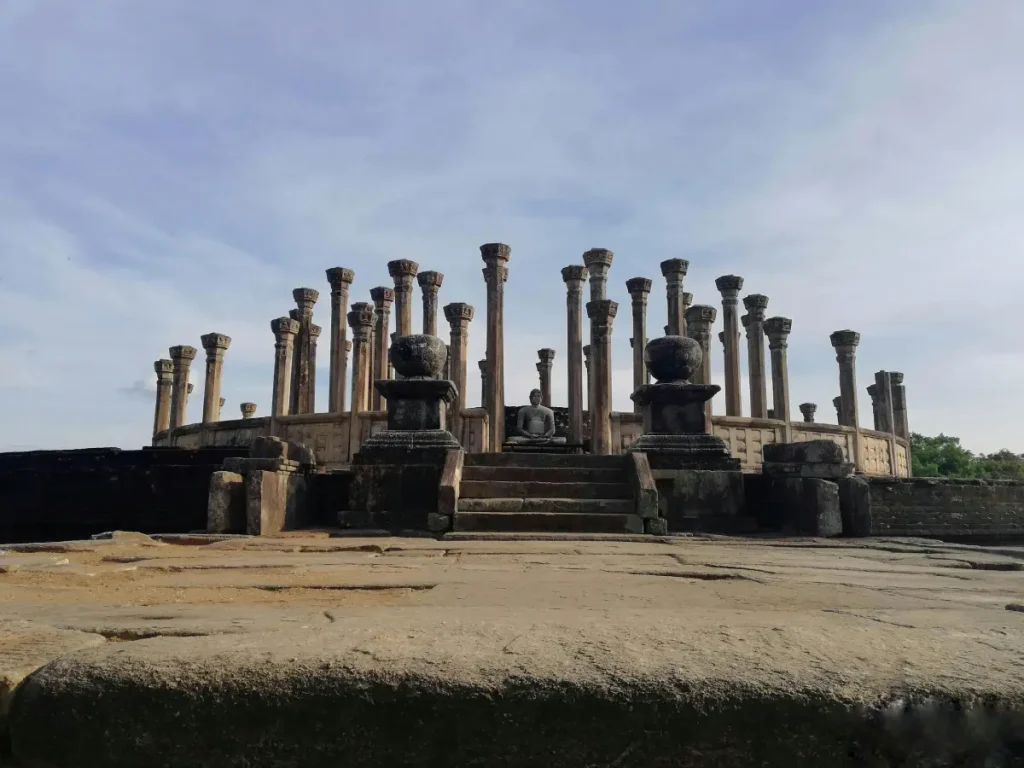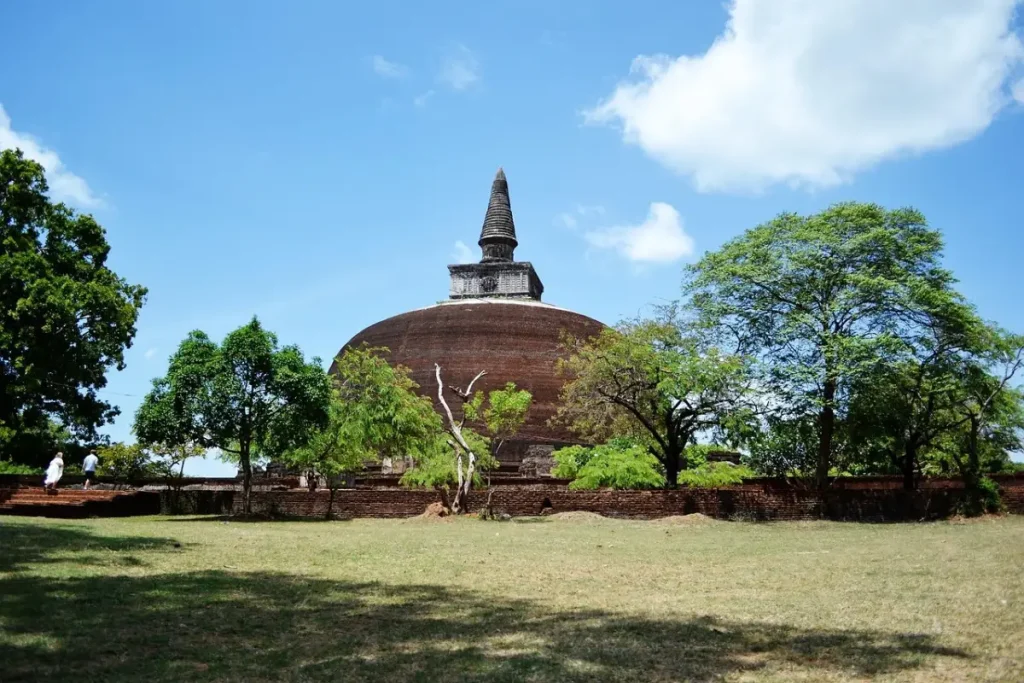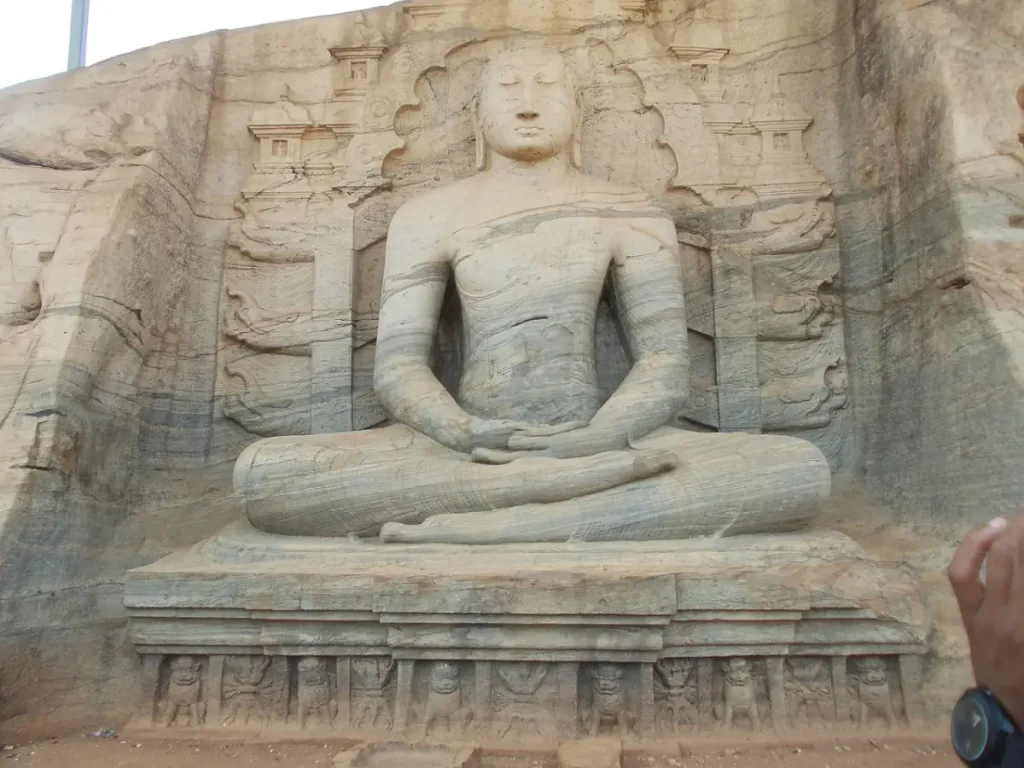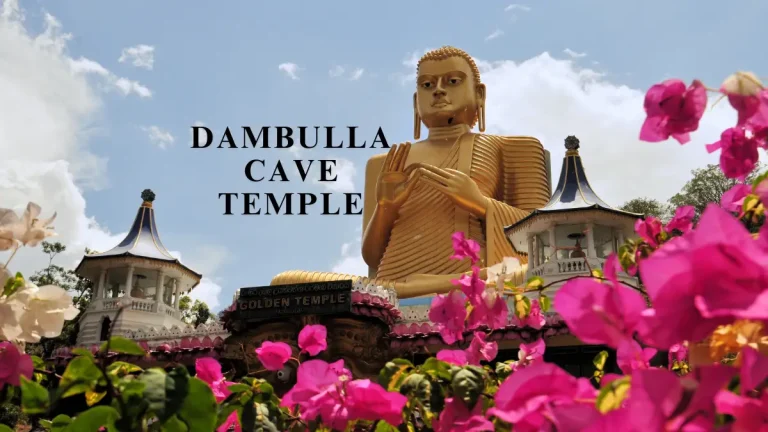The Kingdom of Polonnaruwa A Glorious Chapter

Nestled in the heart of Sri Lanka, the ancient city of Polonnaruwa stands as a testament to the island’s rich cultural heritage and architectural brilliance. As the second capital of Sri Lanka after the fall of Anuradhapura, the Kingdom of Polonnaruwa (11th to 13th centuries) marked a golden era in the island’s history. This period was characterized by remarkable achievements in governance, architecture, irrigation, and art, leaving behind a legacy that continues to inspire awe and admiration.
Historical Background
The rise of Polonnaruwa as a prominent kingdom began in the late 10th century, following the decline of Anuradhapura. The Chola dynasty of South India invaded Sri Lanka in 993 AD, sacking Anuradhapura and establishing Polonnaruwa as their administrative capital. However, the Chola rule was short-lived. In 1070 AD, King Vijayabahu I, a Sinhalese monarch, liberated the island from Chola domination and established Polonnaruwa as the capital of a unified Sri Lanka.
Under King Vijayabahu I, Polonnaruwa began to flourish. However, it was during the reign of his successors, particularly King Parakramabahu I (1153–1186 AD) and King Nissanka Malla (1187–1196 AD), that the kingdom reached its zenith. These monarchs transformed Polonnaruwa into a thriving center of culture, religion, and innovation.
The Golden Age of Polonnaruwa

King Parakramabahu I: The Visionary Ruler
King Parakramabahu I is often regarded as the greatest ruler of Polonnaruwa. His reign was marked by unprecedented advancements in irrigation, architecture, and governance. He was a visionary leader who believed in self-sufficiency and sustainability, famously declaring, “Not even a drop of water from the rain must flow into the ocean without being made useful to man.”
Under his rule, Polonnaruwa became a hub of agricultural productivity. He constructed an extensive network of reservoirs, canals, and tanks, including the massive Parakrama Samudra (Sea of Parakrama), which remains one of the most impressive feats of ancient engineering. This irrigation system not only supported agriculture but also ensured the kingdom’s resilience during droughts.
Parakramabahu I was also a patron of the arts and religion. He restored and built numerous temples, monasteries, and stupas, fostering a vibrant Buddhist culture. His architectural legacy includes the stunning Gal Vihara, a rock temple featuring colossal statues of the Buddha, and the Lankatilaka Temple, a towering structure adorned with intricate carvings.
King Nissanka Malla: The Builder King
King Nissanka Malla, another prominent ruler of Polonnaruwa, continued the legacy of his predecessors. He was known for his grandiose building projects and inscriptions that glorified his reign. The Nissanka Latha Mandapaya, a unique pavilion with stone pillars shaped like lotus stems, and the Hatadage, a relic chamber, are among his notable contributions.
Nissanka Malla also emphasized the importance of Buddhism, constructing the Rankoth Vehera, the largest stupa in Polonnaruwa, and the Kiri Vehera, a well-preserved white stupa. His reign, though shorter than Parakramabahu’s, left an indelible mark on the kingdom’s architectural landscape.
Architectural Marvels of Polonnaruwa

The ruins of Polonnaruwa offer a glimpse into the kingdom’s architectural brilliance. The city is divided into several sections, each showcasing different aspects of its grandeur.
The Sacred Quadrangle
The Sacred Quadrangle, or Dalada Maluwa, is a compact area housing some of the most significant religious structures in Polonnaruwa. The Vatadage, a circular relic house, is the centerpiece of this complex. Its ornate stone carvings and moonstones reflect the exquisite craftsmanship of the era. Nearby, the Thuparama Gedige, a brick-walled image house, and the Atadage, a relic shrine, add to the spiritual ambiance of the quadrangle.
Gal Vihara
The Gal Vihara is one of Polonnaruwa’s most iconic sites. This rock temple features four magnificent statues of the Buddha, carved from a single granite rock. The statues include a standing Buddha, a seated Buddha in deep meditation, and a reclining Buddha representing his passing into Nirvana. The precision and artistry of these carvings are a testament to the skill of ancient Sri Lankan sculptors.
The Royal Palace and Council Chamber
The Royal Palace of King Parakramabahu I, though now in ruins, was once a grand structure with seven stories, as described in historical texts. Adjacent to the palace is the Council Chamber, where the king held meetings with his ministers. The chamber’s elegantly carved stone pillars and the lion motif at its entrance symbolize the kingdom’s power and authority.
Parakrama Samudra
The Parakrama Samudra, a vast man-made reservoir, is a marvel of ancient engineering. Spanning over 2,500 hectares, it was the centerpiece of Polonnaruwa’s irrigation system. The reservoir not only supported agriculture but also served as a source of drinking water and a means of transportation. Today, it remains a vital resource for the region and a symbol of the kingdom’s ingenuity.
Cultural and Religious Significance
Polonnaruwa was not just a political and economic hub; it was also a center of Buddhist learning and culture. The kingdom’s rulers were devout Buddhists who patronized the Sangha (Buddhist monastic community) and promoted the teachings of the Buddha. The city was home to numerous monasteries, universities, and libraries, attracting scholars and monks from across Asia.
The Alahana Pirivena, a monastic complex founded by King Parakramabahu I, was one of the most prestigious educational institutions of its time. It provided education in Buddhism, medicine, and the arts, contributing to the intellectual and spiritual development of the kingdom.
Decline and Legacy
Despite its glory, the Kingdom of Polonnaruwa began to decline in the late 12th century. Internal strife, foreign invasions, and a shift in trade routes weakened the kingdom. By the 13th century, the capital was abandoned, and the center of power moved to other regions of Sri Lanka.
However, the legacy of Polonnaruwa endures. The ruins of the ancient city, now a UNESCO World Heritage Site, attract thousands of visitors each year. They stand as a reminder of a bygone era when Sri Lanka was a beacon of civilization, innovation, and spirituality.
Conclusion
The Kingdom of Polonnaruwa represents a golden chapter in Sri Lanka’s history. Its rulers, particularly King Parakramabahu I and King Nissanka Malla, left behind a legacy of architectural marvels, sustainable practices, and cultural achievements that continue to inspire. The ancient city of Polonnaruwa is not just a collection of ruins; it is a living testament to the ingenuity, resilience, and spiritual depth of a civilization that once thrived in the heart of Sri Lanka. As we walk through its sacred sites and marvel at its engineering feats, we are reminded of the timeless values of harmony, sustainability, and reverence for nature that defined this remarkable kingdom.





